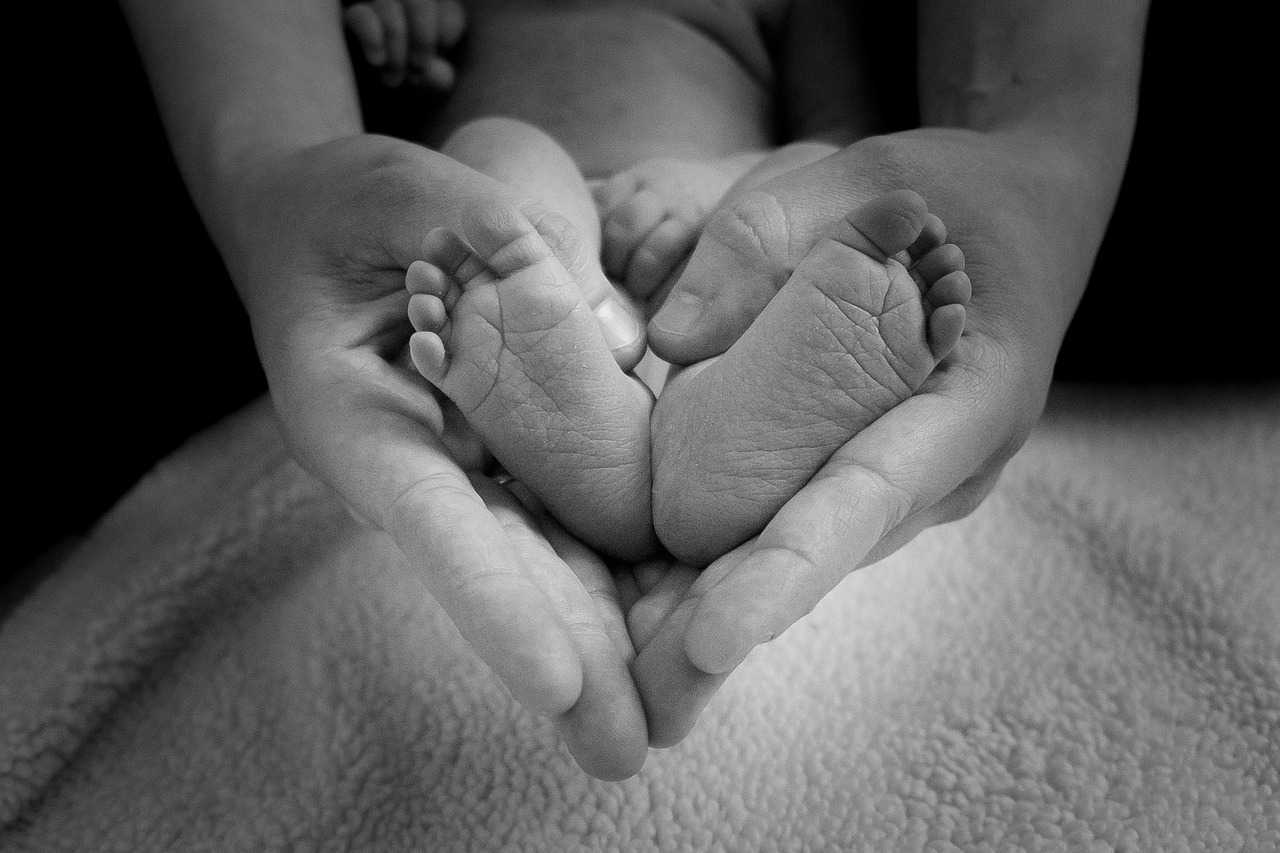
When you’re a single mom juggling daily life with babies or toddlers, the thought of emergency preparedness can feel a bit overwhelming. But with the right strategies, you can turn crisis planning into a manageable and even empowering task. Imagine having a baby emergency kit ready to go, packed with essentials like diapers, formula, and a few comforting toys, so you’re prepared for any unexpected situation. This guide is here to help you create a comprehensive plan that ensures family safety and keeps your little ones snug and secure. Here are some practical tips and resources designed to give you peace of mind and confidence, knowing you’re ready for anything life throws your way. Check out more on how families can prepare for emergencies.
Building Your Baby Emergency Kit
Creating a baby emergency kit is one of the most crucial steps in crisis planning for single moms. This kit should cater specifically to the needs of infants and toddlers, ensuring children’s safety in emergencies. Compiling the right supplies and portable play items allows you to maintain comfort and security for your little one during any crisis.
Essential Supplies for Infants and Toddlers
To start, focus on gathering essential supplies for your baby or toddler. These include:
Diapers, wipes, formula, and bottles.
A change of clothes – including a head covering, socks, and a blanket- can make a significant difference in maintaining their comfort. Even if you live in a hot area, having these will provide extra protection and warmth if you end up in a damp or cold environment.
Medical necessities like a first-aid kit, baby-safe medications, and any prescription drugs your child might need. If you’re nursing, it’s also a good idea to pack a manual breast pump in case electricity is unavailable.
Copies of their birth certificate, medical information, and emergency contact information.
Think about what you put in a diaper bag for a day trip, then have another set up as a go-bag with the same items but enough to last a few days with the additional items recommended.
For more on what to include, visit Child Care Aware.
Portable Play Items for Stress Relief
Portable play items are vital for stress relief during emergencies. Simple toys, crayons, and coloring books can distract and engage your child, providing a much-needed mental break. Consider including:
A favorite stuffed animal or blanket can offer comfort and familiarity. These items might seem small, but they can significantly impact your child’s emotional well-being in a stressful and unfamiliar situation.
A small music player or tablet with child-friendly content. These can be lifesavers when you need to keep your child occupied for longer periods.
Lastly, pack snacks and drinks for your child, ensuring they’re non-perishable and easy to store.
For more on the importance of these items, see Children’s Mercy.
Crafting an Effective Crisis Plan
Once your emergency kit is ready, crafting a solid crisis plan is next. This involves setting up a reliable communication network and creating an accessible evacuation plan to ensure family safety.
Establishing a Reliable Communication Network
A reliable communication network is essential during any crisis. Start by identifying trusted family members or friends who can be part of your network. Make sure everyone knows how to reach each other during an emergency.
Create a contact list with phone numbers, addresses, and other pertinent information. Keep this list in your emergency kit and on your phone. It’s also beneficial to have a designated out-of-town contact as a backup.
Regularly update your communication plan to reflect changes in your network. Ensure that all members of your network know their roles in your crisis plan.
If your child has special needs, speak with their care team so you can be advised on how to handle a stressful situation with them effectively.
Refer to Ready.gov for more tips on setting up communication networks during emergencies.
Creating Accessible Evacuation Plans
Designing an accessible evacuation plan is crucial for ensuring your family’s safety. Start by identifying the safest exit routes from your home, considering factors like accessibility for strollers or baby carriers.
Create a map of your home’s layout and mark the emergency exits. Practice these evacuation routes with your children to ensure everyone knows the process.
Also, identify a safe meeting place outside your home where your family can regroup. This could be a neighbor’s house or a nearby park.
Regularly review and practice your evacuation plan with your children. If they are old enough and have the mobility, help them understand what to do, which will reduce anxiety during an actual emergency.
For more guidance on evacuation plans, visit Child Care Aware.
Involving Children in Preparedness
Involving your children in emergency preparedness can help them feel more secure and less anxious about potential crises. Teaching them what to expect and how to react can foster confidence and resilience.
Explaining Emergencies to Young Kids
Explaining emergencies to young children requires patience and clarity. Use straightforward language and concrete examples to help them understand what is happening.
Start with basic concepts like staying calm and listening to instructions. You can use storybooks or cartoons that discuss emergencies to make the topic more relatable.
Create a safe space for your child to express their fears or concerns. Validate their feelings and provide reassurance that you’re prepared to keep them safe.
For more tips on explaining emergencies, check Children’s Mercy.
Activities to Foster Confidence and Resilience
Engaging children in activities can help build their confidence and resilience. Practice simple safety drills, like “stop, drop, and roll” for fire safety, to make the process engaging and educational.
Set up role-playing games where your child can practice responding to different emergency scenarios. Use props like toy phones to simulate calling for help.
Encourage your child to participate in packing the emergency kit. This gives them a sense of responsibility and involves them actively in the process.
For more activities to build resilience, I have another blog, How to Build Resilience in Kids Through Prepping, which provides additional tips for older children and teenagers.




